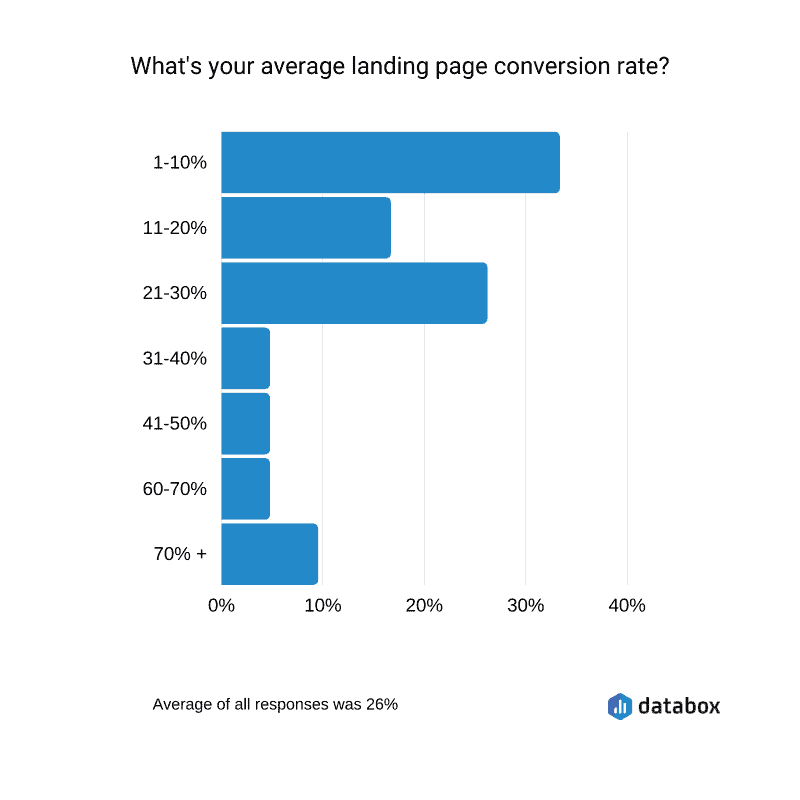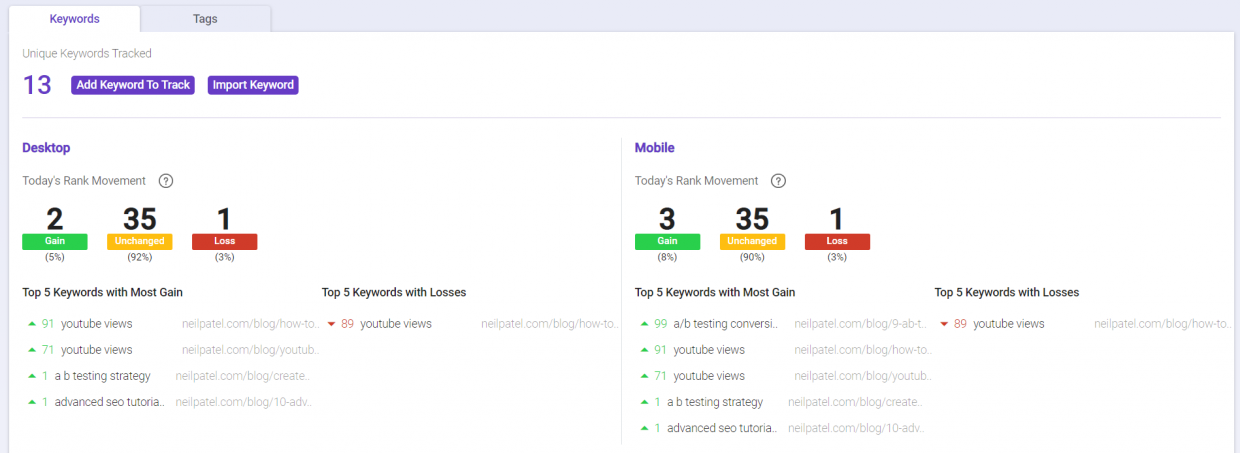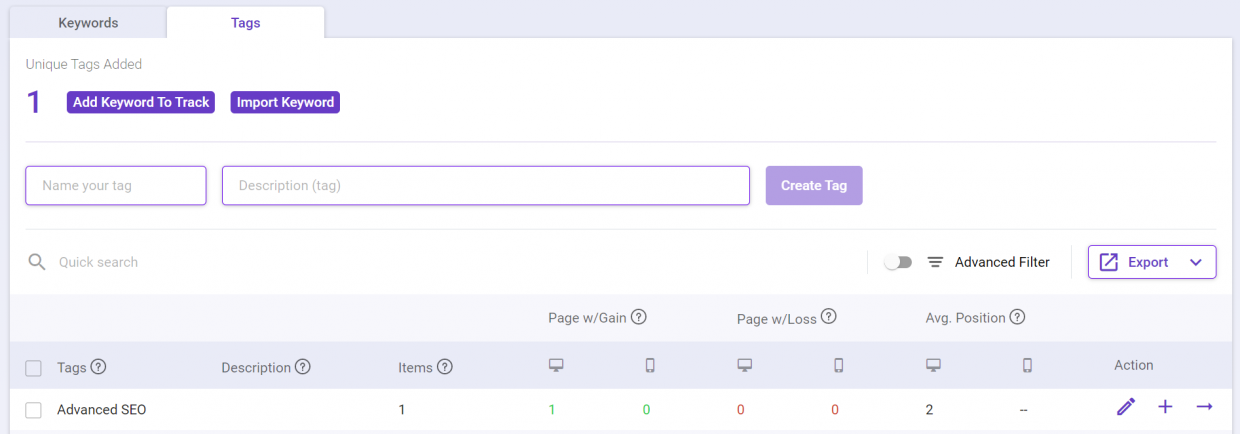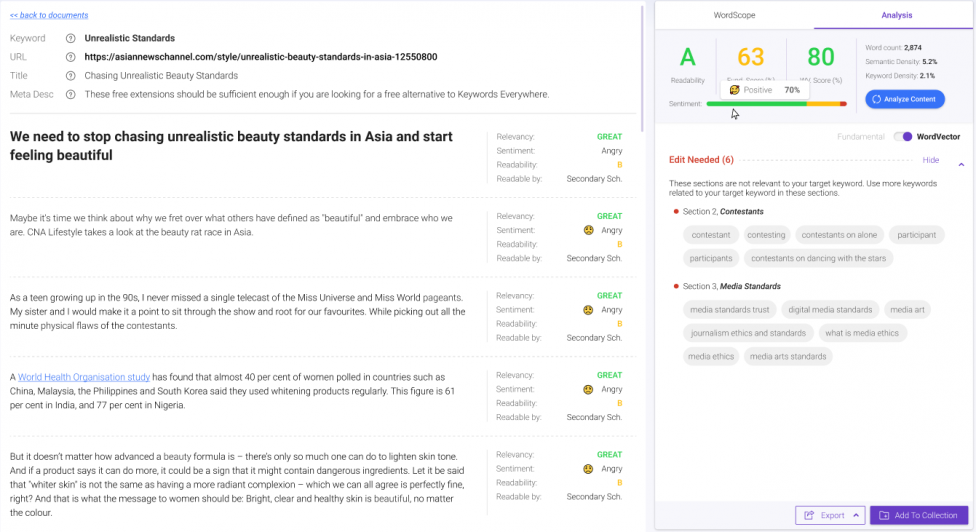Need guidance on how to measure SEO performance? We'll show you everything you need to know in this guide.
In this guide, we’ll take a closer look at how to measure SEO performance in 4 simple steps.
In the highly competitive market, monitoring your SEO performance tells you if all your SEO efforts are paying off.
Most marketers and business owners focus on creating great content, link building, and even website design to rank better on the search engines.
However, they fail to monitor their strategies, so they don’t know what works and what needs improvement.
To avoid such mistakes, we’ve covered four tips that will help you track and measure SEO performance. These tips will also guide your SEO strategies to drive positive ROI and ensure better business results.
Before we look at how you can track and improve SEO performance, let’s first define some basic terms.
What is SEO performance?
SEO performance is a measurement of how successful SEO strategies and efforts are in meeting digital marketing goals and driving business success.
Marketers use different SEO measurement tools to monitor their SEO strategies and to change or improve their techniques.
Why do you need to measure SEO performance?
Measuring your SEO campaign’s performance will help you make informed decisions as far as deploying SEO strategies is concerned. This way, you can cut on processes that yield minimal results and double down on those with a high ROI.
Proper analysis and monitoring of your SEO techniques will also shed some light on your site’s user experience so you can work on improving customer experience.
What makes a successful SEO strategy?
Every business is different – from the way it presents itself to the audience to the way it serves its customers.
Search engine optimization is critical for online visibility, and before you can measure your SEO performance, you need a proven strategy in place.
Choosing an SEO strategy can be overwhelming, considering that search engines like Google uses more than 200 factors to rank websites.

Targeting all the 200 factors isn’t only hectic but also impractical. Here, you need to model your SEO campaign based on your type of business, the marketing channels you use, your goals, and most importantly, your target audience.
If you are new to search engine optimization, you can use some SEO for beginner guides from a trusted source. To start with, check our article on the 7 best SEO practices you can use to boost SEO performance and results regardless of your niche.
How to measure SEO performance?
To succeed with SEO, you need to know the metrics to monitor, when, and how to monitor. The emergence of smart analytics and reporting tools has made SEO tracking a lot easier; however, the whole process isn’t as straightforward as it sounds.
Here are the four most essential tips you can use to measure your SEO performance and take your business to the next level:
- Begin with the end in mind.
- Select the relevant metrics.
- Track and monitor the metrics.
- Optimize, optimize, and optimize.
Begin with the end in mind
Knowing your bottom line goals means that you can specifically work on attaining them.
SEO takes a long-term approach, but you need to build it from the ground up. Without some well-articulated goals, it’s easy to get confused along the way.
The idea is to understand your business and the goals you want to achieve. This way, you can align such goals with your SEO strategies, deploy the right tracking tools, analyze the results and improve your SEO performance, one step at a time.
For example, if your business ranks on the first page of Google, receives huge traffic daily, but sees little to no revenue from such visits, the problem could be a high bounce rate due to poor user experience.
Your SEO goals would vary from someone whose website doesn’t rank on Google, meaning you’ll also track different metrics, possibly using different tools.
Select the relevant metrics
Once you’ve identified your business goals, you can proceed to ask yourself the following three questions:
1. What metrics will I track?
There are several SEO metrics you can monitor, from organic traffic, bounce rate to your domain rating. All these will tell you whether your SEO strategies are working for or against you.
Since you cannot measure all the metrics at once, you need to identify those to start with.
Remember, you cannot measure the results of what you’ve not deployed. So, always make sure the metrics you want to measure reflect the efforts you’ve put over time.
2. Which SEO monitoring tools should I use?
There are several tools, from Google Analytics (free) to paid ones, such as BiQ’s Rank Tracking (we’ll discuss this later). That said, the metrics you want to monitor should determine the tools you’ll use to measure your SEO performance.
3. How long will it take to see your SEO results?
Measuring your SEO performance too early can lead to half-baked results since you won’t have given your strategies enough time to manifest and actually yield results.
Taking too long before measuring your SEO results could have you investing in the wrong SEO strategies. This means lost revenue and poor results.
The amount of time you should wait before analyzing the data from your SEO strategies depends on several factors – from the specific SEO techniques you are using to your business’s nature.
For example, you may need to wait for a couple of weeks before checking your domain rating after running a link-building campaign.
Metrics to Prioritize
Before you can track the search metrics, you need to select those aspects that make the most sense to your business. Some of the common metrics to prioritize include:
1. Organic Traffic
An upward trend in your organic traffic means your SEO efforts are continually improving.
According to the Search Engine Journal, 49% of marketers say organic search has the highest ROI of any marketing channel.
If you fail to track website traffic, you’ll miss out on learning more about your site visitors, meaning you’ll lose potential leads and possibly loyal customers.
You can use Google Analytics to check your site’s organic traffic. All you need to do is navigate to Acquisition > Source/medium, then select organic search. You can also compare your site’s overall traffic versus organic traffic to see the correlation.

2. On-page metrics
To measure your SEO performance and ensure success, website metrics such as time on page, bounce rate, and pages per session should be your top priority.
These metrics tell you how site visitors interact with your site. For example, a high bounce rate could mean your site takes too long to load, or the site is unresponsive; hence site visitors are forced to leave as soon as possible.
Other metrics such as scroll-depth also give you an in-depth analysis of your SEO performance. Free tools like Google analytics or premium ones like Crazy Egg can greatly help monitor your on-page metrics.
3. Search engine visibility
Search engine visibility tells the number of people who can find your site in the search results. While this metric could be affected by the SERP features’ authority (such as Google’s featured snippets), it’s still a great tool you can use to review your SEO performance.
If your site has low search visibility, you’ll need to improve your keyword rankings, work on your content or optimize your mobile site.
Tip: Use BiQ’s Rank Intelligence to discover ranking keywords
You can use BiQ’s Rank Intelligence tool to discover all rankings keywords easily.
To use this tool, enter your website URL in Rank Intelligence, select the country your audience is based.
This tool gives you access to all the search terms people use to access your content, plus important insights such as the cost-per-click, search volume, and competition.
You might notice some are performing quite well but have not reached their visibility potential yet. In other words, you can work on improving them to get a better ranking.
The easiest way to spot the untapped keyword opportunities is to filter the result to see the keywords ranging from 4th to 10th position, with a minimum of 1,000 searches.
These are the keywords that have a decent number of searches or your “low-hanging fruits” keywords.
Once you are done going through the first page, it is also worthwhile to check out the second page’s keywords ranking. With some optimization, you might see them moving to the first page, thus significantly improving their visibility.
If you need to dive deep into keyword research to understand your ranking search queries better, refer to our guide on keyword research tips for SEO.
4. Number of referring domains
If your site has high-quality backlinks, chances are, it has a higher domain rating, meaning it has the potential to rank better on the search engines.
According to Ahrefs’ survey, 66% of pages have zero backlinks pointing to them.
Monitoring this metric can help you track your SEO performance, and you can use it to gauge and improve your SEO link strategy.
5. Conversions
Website conversion rate is one of the vital metrics you can use to measure your site’s SEO performance.
A 2019 DataBox Survey found that the average conversion rate of a landing page is 26% below average.

The number of newsletter subscribers, leads, and sales generated reflects the extent to which your SEO efforts have yielded results.
Once you have identified the essential website metrics and KPIs to track, you can comfortably move on to select the SEO measurement tools.
The market is full of SEO tracker tools that might not meet your expectations. A rule of thumb is to select those tools that match the metrics you want to analyze – otherwise, your efforts will be counterproductive.
For example, Google Analytics will help you check website traffic. At the same time, keyword research tools will do a competitor analysis and help you select the best performing keywords in your niche, etc.
Track and monitor the metrics
Once you’ve identified all the metrics you need, and know the tools necessary to measure your site’s SEO performance, what follows is to set up those tools to ensure accurate and consistent reporting.
If you are using some of these tools for the first time, measuring your SEO results can be challenging. To avoid mistakes, which could lead to the wrong reflection of your SEO performance, always do your research, for example, consult the internet for tutorials, etc.
The importance of monitoring SEO performance is:
- You stay up-to-date with SEO trends – Google algorithm changes regularly. Monitoring your SEO performance gives you a competitive edge.
- You can make better and informed decisions – By monitoring your SEO performance, you can quickly tell what works and what doesn’t so that you can avoid spending on obsolete SEO techniques.
- You can react fast to SEO changes – rank tracking tools allow you to check how your site is performing in real-time so you can make quick changes to stay ahead of the curve.
Tip: Use BiQ’s Rank Tracking to track your daily keyword and pages rank movement
This tool is more like a search engine ranking monitor that tells how your keywords rank daily, weekly, and monthly across the web.
To use it, all you need to do is create a rank tracking profile, and you’ll access your site’s ranking data as shown.

This way, you can monitor your keyword ranking fluctuations throughout the day and even respond quickly to boost your keyword ranking before competitors outshine you.
The rank tracking tool also allows you to use an advanced tagging system to group your ranking keywords and pages exactly how you want them and not be bound by the page URL.

You can group them according to your preference, be it topics and categories. This would easily give you a bird’ eye view of your ranking data, especially when you are looking for daily or weekly changes.
This is important to understand what works for your website SEO and actionable data on what to avoid so you can quickly recover your lost rankings.
Optimize, optimize, optimize
Once you’ve analyzed the SEO metrics and you’ve known your SEO performance, it’s time to make some tweaks so you can improve your techniques and drive better results.
What you’ll need to optimize and boost your SEO performance varies depending on the results you’ve got – i.e., from monitoring and analyzing the various metrics.
If your content strategy is lacking, you’ll need to focus on creating comprehensive and high-quality content. Also, Google stresses optimizing content for the users and not the search engines.
However, optimizing your content for users alone without paying keen attention to SEO ranking factors would affect your online visibility. Striking a delicate balance between these two can boost your SEO performance.
For example, if you already have an amazing “how-to” SEO content that’s not performing well on search, you need to update it. I.e., add more relevant topics and focus on the audience’s pain points with detailed solutions to their problems.
You also want to reconsider your choice of keywords, add internal links, high-quality images, etc., to improve the content’s overall SEO performance.
Tip: Use BiQ’s Content Intelligence to optimize content post-publishing
Use this tool to optimize your content’s SEO performance by simply entering your target keyword and page URL.
What you’ll get is a full analysis of your content that comes in three parts.
The first part shows paragraphs by paragraphs analysis. Here you can see metrics such as content relevancy, sentiment, and readability.
The second part is an overview of the content performance, and you can check the word count, keyword density, sentiment density, etc.
The final part is the WordVector and Fundamental SEO optimization. The ‘WordVector SEO’ will show your keyword performance. At the same time, the ‘Fundamental SEO’ tells you the on-page SEO performance.
The insights in this category can help boost your content’s SEO performance. For example, fix critical errors in the “Edit Needed” section to solve issues preventing your content from ranking higher.

Check each of the best practices, and from there, you can list out any relevant strategies to your content strategy.
But don’t stop there!
Just like what you have done previously, audit your SEO content; you can do the same for your competitors too.
Discover what ‘errors’ that they may not notice on their website, and make sure you do not repeat the same mistakes.
Conclusion
Optimizing your site for search isn’t very complicated, but it takes time to see results. Once you’ve put in the efforts, you need to keep tracking and monitoring your SEO performance so you can quickly solve performance issues.
By setting SEO goals that align with your business and taking the time to understand all the critical metrics and the right tools to use, you can easily monitor your techniques and take the necessary steps to boost your SEO performance.
Now back to you – do you have anything to share on how you measure SEO performance? Or do you have any questions? Either way, let me know in the comments.




